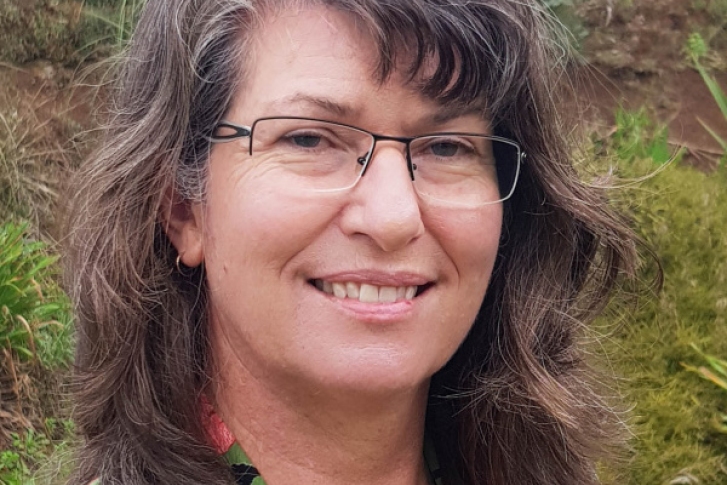The plight of some coastal lakes in Canterbury is well-known. Many were once abundant mahinga kai sites for local Māori, some are now the most polluted lakes in the country.
NIWA alongside Ngāi Tahu have undertaken a significant amount of science research at coastal lakes over the past 20 years. Research has mostly focussed on cultural health assessments, water quality testing, fish stock assessments, and algal growth studies.
Some coastal lakes have undergone significant ecological transformation in the last 50 years due to the changes in land use practices in their catchment area. It remains an ongoing challenge to bring healthy plant and fish life back to some coastal lakes in the area.
An indigenous plant that used to grow at some coastal lakes in Canterbury, Ruppia megacarpa, could be one of the keys to bringing life back. The last documented sighting in Canterbury of Ruppia megacarpa, more commonly known as horse’s mane, was in the 1980s. As its name implies, this plant has long, stringy stems.
Freshwater ecologists Paul Champion and Mary de Winton set out from NIWA Hamilton in search of the long-lost plant along the Canterbury coast earlier this year. “We surveyed 17 hapua and coastal lagoons along the Canterbury coast with the aim of rediscovering Ruppia megacarpa, so that it could be translocated back to its original locations,” says de Winton.
“We had the best possible result, finding the plant on the last day of our search, not once but twice, within the Canterbury region.”
This discovery has now raised the possibility of restoring Ruppia megacarpa to Canterbury's coastal lakes and is leading to research on culture techniques that has stimulated research interest from as far away as China.
NIWA is currently hosting a visiting scientist Dr Yu Cao, from the Chinese Academy of Sciences. Yu is working to develop methods for germinating Ruppia megacarpa seed for use in vegetation restoration in coastal lagoons. Ruppia species occur in China, Korea, Japan and Russia. The presence of Ruppia in these countries is thought to be linked to bird migratory flight between northern Asia and Australasia.
Whether or not the Canterbury region can be a successful test case example for other countries remains to be seen.

